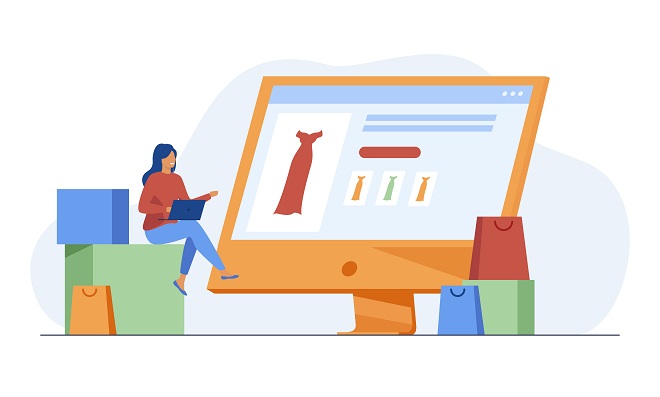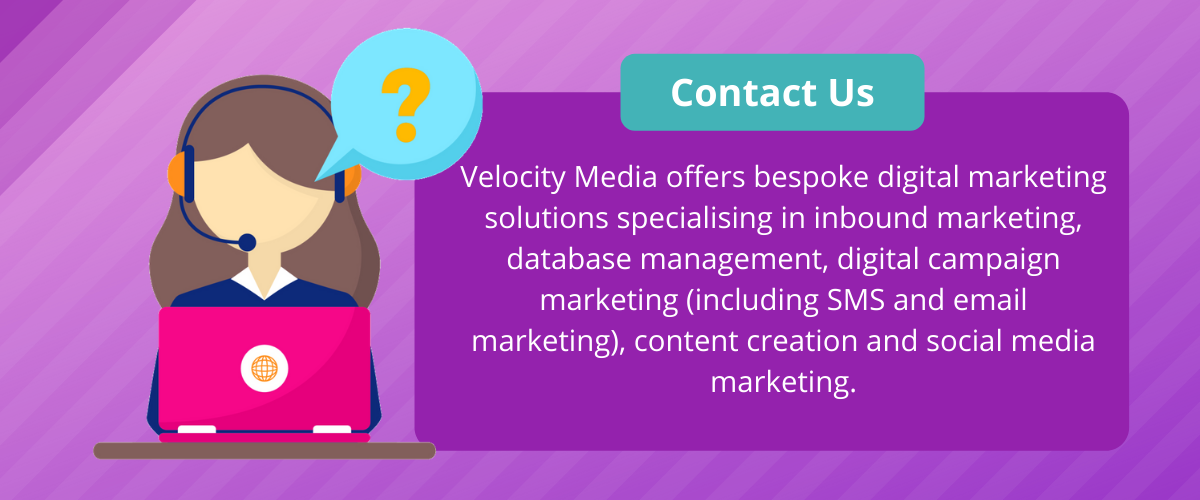Services List
In recent times, digital marketers seem to create an ample amount of content for their audience to engage with. From infographics on wine flavour profiles to videos on how to use Instagram, there’s something for every niche under the sun. As amazing as this seems, it is easy to lose focus - and your goal along with that.
To cut through the plethora of content available, both online in general and from your competitors, you have to target a specific audience. It's okay to come to terms with the fact that you can't reach everyone. And, in fact, it's not even necessary to do so. If your goal is to sell adorable dog outfits, then why are you marketing to cat owners?
Buyer personas help you craft a marketing strategy that resonates with your intended audience. Rather than creating marketing material for just anyone, you can fine-tune your aim and document a specific set of people to focus on — dog owners.
Download our Free Buyer Persona Template
If your customer base is a bell curve, your buyer personas represent the customer groups in the centre — they’re your ideal customer. Fleshing out a set of buyer personas will aid you in fine-tuning your marketing efforts and campaigns.
What Is A Buyer Persona?
A buyer persona is a semi-fictional representation of your ideal customer that’s created using psychographic, demographic and behavioural information. Each buyer persona contains information about that person’s responsibilities, goals, content consumption habits, buying triggers, pain points and how your company solves those pain points.
The best way to think about buyer personas is to think about the two words this phrase is made up of:
Persona
You’ve got ‘persona’ which is a generalised representation of someone – a character. It’s someone that’s meant to embody different traits, but it’s not the real thing.
Buyer
But the ‘buyer’ word is the one that makes the phrase more flexible. A buyer can be someone who has bought. A buyer can be someone who is about to buy. A buyer can be someone who has no idea that they have to buy.
In many cases, it’s more important to target the people who will champion your company throughout the buying process than it is to target the end buyer who approves the purchase financially.

Creating Your Ultimate Influencer
Let's get real for a second. Who are the stakeholders impacted by your product or service? The word “buyer” tends to lead people to want their personas to represent the decision-makers who sign the contract. Nope. While a CFO might need to sign off on a lease agreement for that fancy new printer, they’re probably not the decision-maker (unless the tool is for their use personally). Instead, the decision-maker would be the department head or team lead that brought the purchase to the CFO for approval.
But, that team lead still might not be the person you want to target with your initial marketing. Your champion, and the person who should be reflected in your buyer persona, is the person who’s searching for a solution like yours to solve their challenges.
If someone on the lowest end of the decision-making process asks a senior strategist about a tool, that senior strategist brings it up to someone else — and that person goes to a decision-maker. People often assume they don’t need buy-in from those players, when most of the time, the people who are likely to find or hear about you first are those who have more time to look and are closer to combat.
It is important to keep in mind that the end-user is your port of call, not only because they’re the person who’s more likely to find it online, but also because the product means nothing unless someone wants to use it.
While roles like finance and IT should be taken into account in your strategy to create champion enablement material, they don’t come into play until it’s time for them to approve or block the sale. Before that can happen, you need to convince your champion that your company has a viable solution to their challenges.
Your primary personas are the people you’re aiming to attract with your inbound marketing. Instead of using the signature on the final purchase to identify the buyer personas for your company, analyse the micro-moments leading up to that. Who found your website because they were searching for help? Who continuously engaged with your content as they progressed through the buyer’s journey? Who started the conversation with sales?
To fine-tune your influencer buyer persona, ask ‘whose day-to-day life sucks the most without my product?'

Your Buyer Persona Dictates Your Marketing Strategy
In order to use your buyer personas to inform your content strategy and segmentation, you need to be able to definitively assign contacts to a single persona.
As you’re creating personas, determine what questions or characteristic (or combination of characteristics) differentiates them from one another. A good example would be to segment personas based on factors like a goal, job title, challenge or pain point. And don't stress about the buyer persona criteria that you can't validate - these creations are not the be-all and end-all but more of an educated guess into the psyche of your customers and clients. 
In A Nutshell
Your buyer personas exist in order to help you guide your marketing strategy. There’s no point in creating them if no one’s referencing them, and they’ll need to be updated and adjusted as you learn more information about your customer base. So, why not download our buyer persona template and create yours today?




